The Mediterranean forest and its flora
The Mediterranean basin, the entire basin bordering the Mediterranean Sea, has unique climatic conditions. This is where an autochthonous flora, known as Mediterranean forest, develops. In Spain, this Mediterranean forest is found in the eastern and southern part of the peninsula. Likewise, this area between Africa and Europe is conditioned by its mild, wet winters and dry, hot summers. This forest is also home to a large amount of melliferous flora, from which the bees obtain fantastic monofloral and multi-floral honeys. Honeys that we have at your disposal in our shop in Las Rozas de Madrid.
Likewise, we are going to see all these climatic characteristics and their influence on the flora in more detail. In addition, we will leave a list of the melliferous flora and the characteristics of the pollen of all of them.
Index:
|
Abstract: The Mediterranean forest has a number of unique characteristics influenced by the Mediterranean climate. We also look at the types of plants that grow in these forests and the type of pollen they produce. Finally, in our shop in Las Rozas de Madrid you will be able to find many of these honeys: heather, orange blossom, eucalyptus honey, rosemary, thyme, chestnut and lemon.
Other interesting articles: Flowers for honey
1. Climates on the Iberian Peninsula
The Iberian Peninsula has basically four different types of climates:
- Oceanic climate, which is found throughout the north and northwest of the peninsula, the regions bordering the Cantabrian Sea and Galicia;
- Continental or continental Mediterranean climate, which covers the whole of central Spain;
- Typical Mediterranean climate, covering all the regions bordering the Mediterranean Sea and including the whole of Andalusia, where the characteristic Mediterranean forest is found;
- Mountain climate, which is found at some high altitude points of the peninsula.
This is one of the reasons for the great diversity of the peninsula.
2. Definition of the Mediterranean forest
Focusing on the Mediterranean and continental or continental or continental-Mediterranean area there is also a great variety of landscapes, where you can see large areas of olive trees and areas dominated by scrub of sclerophytic species such as thyme, wild olive, mastic – or in coastal areas the juniper and juniper -, cork oak and holm oak.
2. Climate of the Mediterranean forest
The typical Mediterranean climate is characterised by mild, short winters and long, very hot summers. Its average annual temperature of this climate usually varies between 15°C and 18°C, with irregular rainfall, between 400 mm and 700 mm, which occurs mainly in spring and autumn.
The Mediterranean flora, in herbaceous plants as well as in shrubs and trees, is very rich and a great source of resources for bees. In this table we show the most important sources of pollen and nectar used by bees. In addition, with the following table you can discover the origin of the pollen you consume.
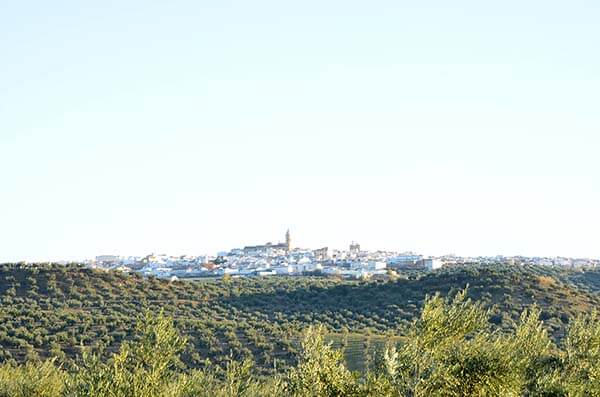
Picture 1: Jaén, Mediterranean climate
Vegetation of the Mediterranean climate, its pollen and nectar
Below is a table with the typical plants of the Mediterranean climate, their flowering times and the beekeeping interest in the amount of nectar and pollen, and the colour of the pollen.
Common and scientific name |
Flowering |
Beekeeping interest |
Nectar |
Pollen |
Colour of pollen |
Pollen spectrum |
| Ajedreas
“Satureja montana y hortensis” |
June to September | Good | Null | Good | Gray | |
| Aledierna
“Rhamnus alaternus” |
February to April | Good | Null | Good | From ochre to gray-greenish | |
| Apricot tree
“Prunus armeniaca” |
February to April | Good | Poor | Excellent | Orange yellow | |
| Almond tree
“Prunus dulcis” |
January/February to April | Excellent | Excellent | Good | Dark ochre | 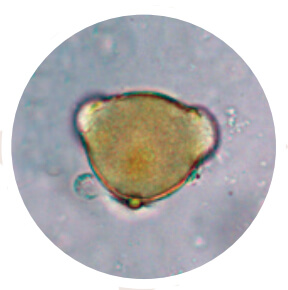 |
| Asfódelo
“Asphodelus albus” |
Marz to June | Medium | Poor | Null | Light yellow | |
| Bocha
“Dorycnium pentaphyllum” |
April to May | Good | Good | Poor | Brownish grey | |
| Boj común
“Buxus sempervirens” |
Marz to May | Medium | Good | Poor | Bottle green | |
| Tree heather
“Erica arbórea” |
Marz to June | Good | Good | Good | Pink | |
| Cantueso
“Lavandula stoechas” |
Marz to June | Excellent | Excellent | Poor | Brown | 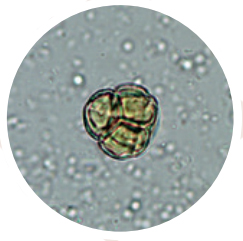 |
| Cardo calvero
“Carduus pycnocephalus” |
Marz to June | Good | Poor | Poor | Purplish rose | |
| Clementine
“Citrus clementina” |
Marz to May | Medium | Excellent | Good | Dark yellow | |
| Kermes oak, holm oak, cork oak
“Quercus coccifera, ilex, suber y rotundifolia” |
Marz to May | Good | Null | Null | Dark yellow | |
| Durillo
“Viburnum tinus” |
February to June | Good | Poor | Poor | Light yellowish grey | |
| Eucalyptus trees
“Eucaliptus spp.” |
Varies by species | Good | Excellent | Poor | Greenish, brownish | 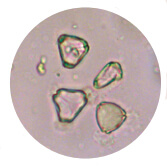 |
| Férula
“Férula communis” |
Marz to August | Good | Excellent | Poor | Light yellow | |
| Hisopo
“Hyssopus officinalis” |
July to September | Medium | Good | Good | Greenish brown | |
| Jaguarzos
“Cistus salviifolius y monspeliensis” |
February to June | Medium | Null | Good | Orange | |
| White rockrose
“Cistus albidus” |
April to June | Medium | Null | Good | Orange | |
| Jarillas
“Helianthemum spp.” |
Marz to July | Good | Null | Poor | Orange | |
| Lavender
“Lavándula angustifolia y angustifolia x latifolia” |
June to September | Excellent | Excellent | Poor | Yellowish grey | |
| Arbutus
“Arbutus unedo” |
Octuber to January | Good | Good | Null | Light green | 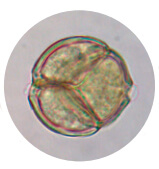 |
| Peach tree
“Prunus”pérsica” |
Marz to April | Good | Null | Good | Yellowish ochre | |
| Rosemary
“Rosmarinus officinalis” |
November to May
(and intermittently until December) |
Good | Excellent | Poor | Garnet | 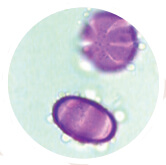 |
| Thyme
“Thymus vulgaris” |
April to September | Good | Excellent | Null | Brownish ochre | 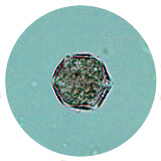 |
Table 1: Flowers for honeybees
Source

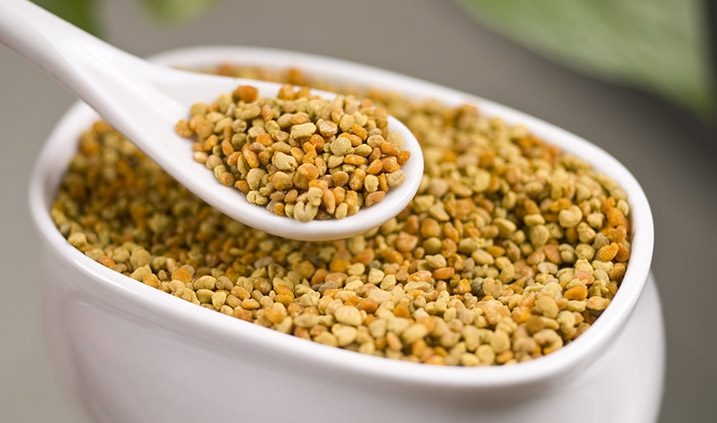





Thanks, it is very informative